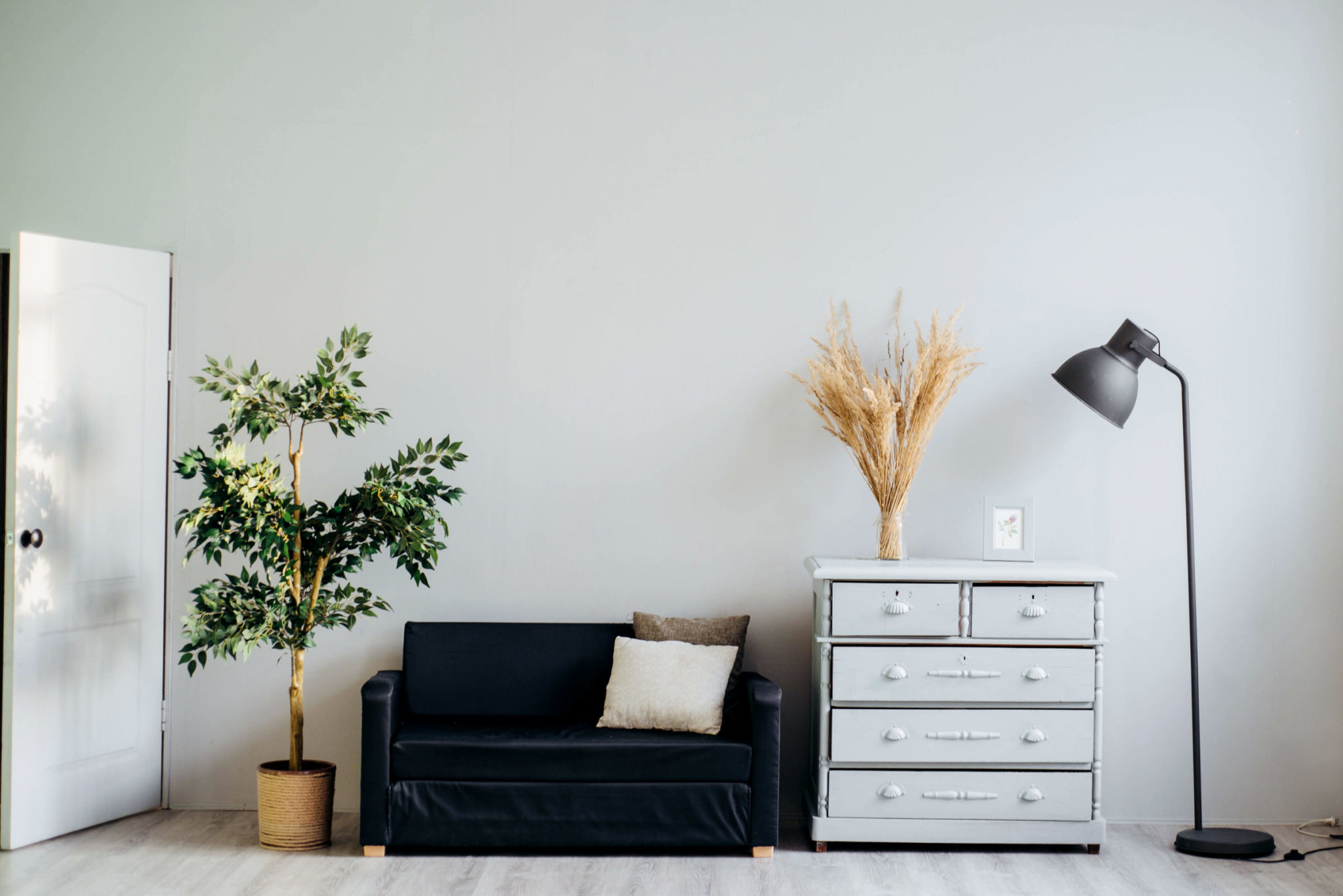When the living room becomes the bedroom

The living space will evolve with the needs of the individual and will likely need to be used for many new purposes. It is not a bedroom and it is not the living room – it is a new and very important space: a living room-bedroom combo.
Ideas for combining the bedroom and the living room
The goals of the living space are comfort and independence for the care recipient. Ideally, this person should be very involved in creating this space. When you need to convert a living room to a bedroom, keep the person’s current and future needs in mind while maximizing the individual’s independence when possible.
This will be an adjustment for everyone. It is important to communicate with the other members of the household (including children) about why this change is occurring and the importance of providing, as much as possible, privacy and comfort for the person occupying the space.Here are some tips for turning a living room into a bedroom:
- Include the care recipient in the process. Ask them to help decide what items should be moved in or out of the new room. Consider removing furniture that falls over easily or cannot support the person’s weight and remove throw rugs or magazine racks that may cause trips and falls.
- Surround the person in your care with meaningful items and photos and involve him or her in choosing them.
- Have chairs for visitors to sit comfortably.
- Familiar blankets and pillows will make a hospital bed feel more personal.
- When arranging furniture to put a bed in the living room, consider the space that will be needed to transfer the person into and out of the bed. Also, consider the space needed for assistive devices like wheelchairs, commodes, and lifts as well as the space needed to provide personal care and treatments. Keep the space as open and clutter-free as possible.
- Include a divider or alternate means for creating the privacy the person may need for personal care and treatments. Make the living room-bedroom combo private but also welcoming and inclusive.
- Use labeled containers to keep medical supplies and equipment organized and easily accessible but also tucked away when not in use to ensure a more comfortable, “normal” space to enjoy.
- If the person loves to listen to the radio or watch TV, ensure that these are close by and can be easily controlled.
- Bring the person’s interests into the space as much as possible. Does he or she love to read, scrapbook, look through magazines, knit, or do puzzles? Consider an over-the-bed table or tray for these activities and have adequate lighting that the individual can control.
- Consider how the individual is going to communicate. For example, does the person require a pad of paper and a pen or pencil at the bedside to communicate with? A baby monitor or bell can be used to communicate with a caregiver who may not be close by or on a different floor of the home.
- The care recipient may need several important items on a regular basis. These may include puffers or inhalers, a glass of water, medications, Kleenex, a favourite book, a telephone, laptop or tablet, and/or lip balm. Decide how to keep these items accessible and organized. Options may include side tables, an over-the-bed table, baskets, or bags.
- As difficult as it may be to think about, further changes may be necessary when the living room and bedroom are combined. You may need to plan for changing needs and equipment as the person’s care needs change. Will the living room-bedroom combo allow caregivers and health care professionals to provide personal carein and around the bed? How far is the bathroom from the bed? Will additional assistive equipment be required?
- Have a book for family and friends to write in and share stories while visiting. Talking may be tiring for some individuals.
- Try to find special moments to share together in this new space. For example, having a family dinner on TV trays around the bed where the dining room table used to be.
- Create a safe environment for the person who has dementia. Visit The Alzheimer’s Society of Canada’s Safety in the Home for a home safety checklist. *Please note that these checklist items can be applied throughout the home.
.








